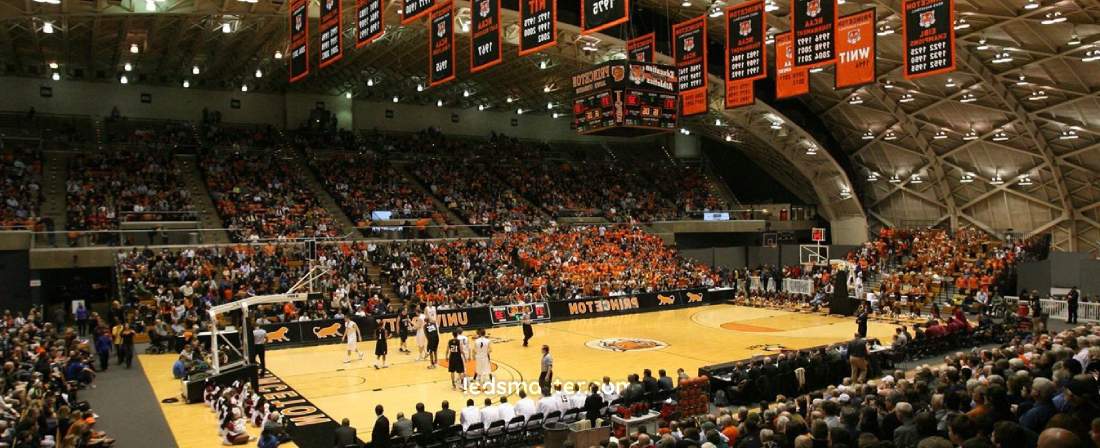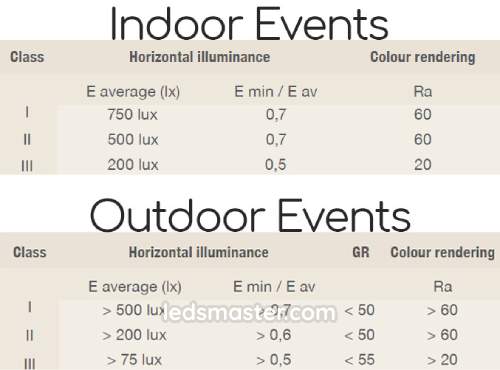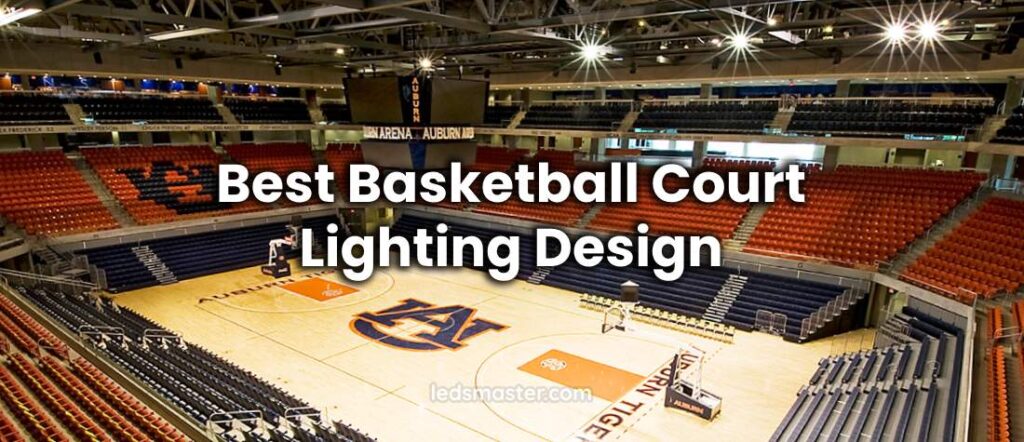Our basketball court LED lighting is designed for a variety of settings, including residential, commercial, and professional applications. Outdoor basketball courts, whether in backyards, high schools, colleges, or public parks, benefit from our high mast LED flood lights.
We have developed an advanced LED lighting system specifically for indoor NBA basketball stadiums. These ceiling lights deliver an impressive brightness level of up to 1500 to 2000 lux, meeting the demands of professional tournaments.
LED lighting is the optimal replacement for traditional lighting solutions such as metal halide, halogen, HPS, mercury vapor, and fluorescent lamps. LED lights are more energy-efficient and have a significantly longer lifespan than conventional options. Let’s delve into how LED lighting can illuminate basketball courts and hoops at night.

Table of Contents
ToggleLighting Design of Basketball Courts
Lux Level Requirement for Non-Televised Matches
 The lighting design and standards for outdoor basketball courts vary significantly based on the intended use, whether residential, recreational, commercial, or professional. Each setting has specific requirements to ensure optimal visibility and performance.
The lighting design and standards for outdoor basketball courts vary significantly based on the intended use, whether residential, recreational, commercial, or professional. Each setting has specific requirements to ensure optimal visibility and performance.
Residential and Recreational Lighting
For backyard and recreational basketball courts, the lighting standards are more relaxed compared to commercial and professional settings. According to the basketball lighting guidebook, approximately 200 lux is recommended for these purposes. This level of illumination is sufficient to ensure safe play and a pleasant experience for players. Given that the standard basketball court size is approximately 4700 square feet (437 square meters), the total luminous flux required is calculated by multiplying the lux level by the court area: 200 lux x 437 square meters = 87,400 lumens.
Calculating Power Requirements
To determine the necessary power to adequately illuminate the basketball court, including the stands and hoop, we use our high-efficiency LED lights, which have an efficiency of 150 lumens per watt. This means that for every watt of power, the LED light produces 150 lumens of light. Using this efficiency, we can calculate the total power required:
Total Power Required = Total Lumens Required / Lumens per Watt = 87,400 lumens / 150 lumens per watt ≈ 583 watts
Thus, approximately 583 watts of LED lighting is needed to achieve the desired illumination for a standard basketball court. This is a general estimate, and the actual power requirement may vary based on specific conditions and design preferences.
Classification of Basketball Court Competitions
The lighting requirements for basketball courts are classified into three categories based on the level of competition:
| Class | Description |
|---|---|
| Class I | Top-tier international or national basketball matches, such as the NBA, NCAA Tournament, and FIBA World Cup. Lighting systems must meet broadcasting requirements, ensuring high quality and uniform illumination. |
| Class II | Regional competitions with less stringent lighting standards. These events are usually non-televised. |
| Class III | Recreational or training events, where lighting requirements are the least demanding compared to Class I and II. |
Lighting Standards for Professional, Televised Basketball Events

For basketball courts or stadiums designed to host televised matches, such as the NBA or FIBA World Cup, the lighting standards are stringent to meet the demands of high-definition broadcasting and ensure a professional appearance. The illuminance, or brightness level, should reach up to 2000 lux to provide sufficient visibility for both players and viewers. This high level of brightness ensures that every action on the court is clearly visible, enhancing the viewing experience for both in-person spectators and those watching from home.
Additionally, maintaining uniform lighting across the entire court is crucial. The ratio between the minimum and maximum lux levels should not exceed 0.5, ensuring that there are no overly bright or dark spots on the playing surface. This uniformity helps players maintain consistent visual performance and reduces the likelihood of missed plays or errors caused by poor lighting.
The color temperature of the lighting also plays a vital role in creating an optimal viewing environment. For televised basketball events, the ideal color temperature ranges from 5500 to 6000K, which corresponds to cool white light. This color temperature is preferred because it closely mimics daylight, providing natural and vibrant lighting that enhances the clarity of the broadcast. Furthermore, a high Color Rendering Index (CRI) of 90 or above is essential. A high CRI ensures that colors appear true to life, which is important for both player performance and viewer enjoyment. Accurate color representation helps players quickly identify team uniforms and the ball, while spectators enjoy a more immersive and visually appealing experience.
Anti-Glare Lighting for Players and Spectators
Glare is a common issue in sports lighting that can cause significant discomfort and impair vision for both players and spectators. This problem is especially pronounced in indoor stadiums, where reflective surfaces, such as polished floors, can exacerbate glare. To combat this, anti-glare lighting solutions are essential.
One effective method to reduce glare is the use of indirect lighting. In this approach, ceiling lights are directed upward, and the light is then reflected down onto the court. This indirect illumination minimizes direct exposure to bright light sources, significantly reducing glare. However, this technique requires additional power to account for the light absorbed by the high ceiling. Despite the higher energy requirements, the benefits of improved player comfort and better visibility make this approach worthwhile.
Anti-glare technology not only enhances the visual experience for players but also for spectators. Glare-free lighting ensures that fans can watch the game without experiencing discomfort or straining their eyes, making the overall viewing experience more enjoyable.
Flicker-Free Lights for Basketball Stadiums
Flickering lights can be a major issue during high-speed camera use, which is common in professional broadcasts. Flicker can distort the visual output and create distracting visual artifacts that detract from the quality of the broadcast. To address this, our LED floodlights are designed to be flicker-free, even at high frame rates.
Our advanced LED technology supports video shooting at 6000 frames per second (fps) with a flicker rate of less than 0.3%. This extremely low flicker rate ensures that the lighting remains smooth and consistent, undetectable by high-speed cameras. As a result, the broadcast quality is maintained, providing a clear and professional viewing experience. This flicker-free performance is crucial not only for live broadcasts but also for slow-motion replays, which are an integral part of modern sports coverage.
Why Replace Metal Halide & Halogen with LED for Basketball Courts?
Replacing traditional metal halide and halogen lights with LED lighting for basketball courts offers several significant advantages. These benefits span from extended lifespan and improved heat dissipation to superior energy efficiency and the potential for solar power integration.
LED Has a Longer Lifespan
One of the most compelling reasons to switch to LED lighting is its remarkably longer lifespan. Appropriate indoor basketball court flood lights can significantly reduce both running and maintenance costs. Traditional metal halide lights have a relatively short lifespan and exhibit noticeable brightness decline within a few months to a year of use. In contrast, LED lights offer an impressive lifespan of up to 100,000 hours. This equates to approximately 45 years of use, assuming 6 to 7 hours of operation per day.
Comparatively, the lifespan of metal halide lights is about five times shorter, while halogen lights last about ten times less than LEDs. This substantial difference means that LED lights require far less frequent replacement, saving both time and money on maintenance. The longevity of LED lights ensures consistent performance and reliability over extended periods, making them an ideal choice for basketball courts where uninterrupted lighting is crucial.
Better Heat Sink System
Effective heat dissipation is critical for the performance and longevity of sports floodlights. Heat accumulation inside the lamp body can damage the lights and reduce their effectiveness. Our LED lights feature an advanced heat sink system with dense aluminum fins that provide a large surface area for efficient heat transfer. This design is particularly beneficial for indoor low bay basketball court lighting, where effective heat dissipation is essential to prevent high temperatures from accelerating lumen depreciation.
The superior thermal management of LED lights not only enhances their brightness and lifespan but also ensures consistent performance. Traditional HID and halogen lamps often lack such sophisticated heat dissipation designs, leading to quicker degradation and more frequent replacements. By prioritizing thermal management, our LED lights maintain their performance and reliability, offering a durable solution for basketball court lighting.
Energy-Saving LED Lights
Energy efficiency is another significant advantage of LED lighting. Our LED lights are equipped with super bright chips that deliver an impressive energy efficiency of 150 lumens per watt, which is approximately double that of traditional metal halide lamps. This efficiency means that after replacing a 1000-watt metal halide lamp with an LED equivalent, you can achieve the same level of brightness while using about 50% less energy.
The substantial energy savings not only reduce operational costs but also contribute to environmental sustainability by lowering energy consumption. LED lights provide a bright, efficient lighting solution that meets the demands of modern basketball courts without compromising on performance.
Solar-Powered Outdoor Basketball Court Flood Lights
Integrating solar power with LED lighting further enhances the benefits for outdoor basketball courts. Solar-powered panels are an excellent match for outdoor lighting because LEDs consume less energy, making it feasible to use sunlight as a power source. We utilize high energy conversion solar panels specifically designed for outdoor high mast poles.
These solar panels are highly efficient and maintain their waterproof capabilities even after being attached to the lighting fixtures. The battery life of the solar-powered system ranges from 3 to 5 hours, depending on the power of the flood lamps, providing a reliable and sustainable lighting solution. This integration not only reduces energy costs but also supports renewable energy initiatives, making outdoor basketball courts more environmentally friendly.
Conclusion
Our LED lighting solutions are tailored to meet the diverse needs of basketball courts, whether for residential backyards, recreational areas, or professional arenas. For outdoor settings such as high school and college courts, our high mast LED flood lights provide optimal illumination, ensuring bright and clear play. In professional environments, including NBA stadiums, our advanced LED systems deliver up to 2000 lux, meeting the rigorous standards of high-profile tournaments.
Replacing traditional lighting options like metal halide, halogen, and fluorescent lamps with our LED technology offers numerous benefits. LEDs are significantly more energy-efficient, with a longer lifespan and lower maintenance costs, making them a superior choice for both cost savings and performance. By choosing our LED lights, you ensure consistent, high-quality illumination that enhances visibility and game experience, whether you’re lighting up a local park or a major sports venue.

